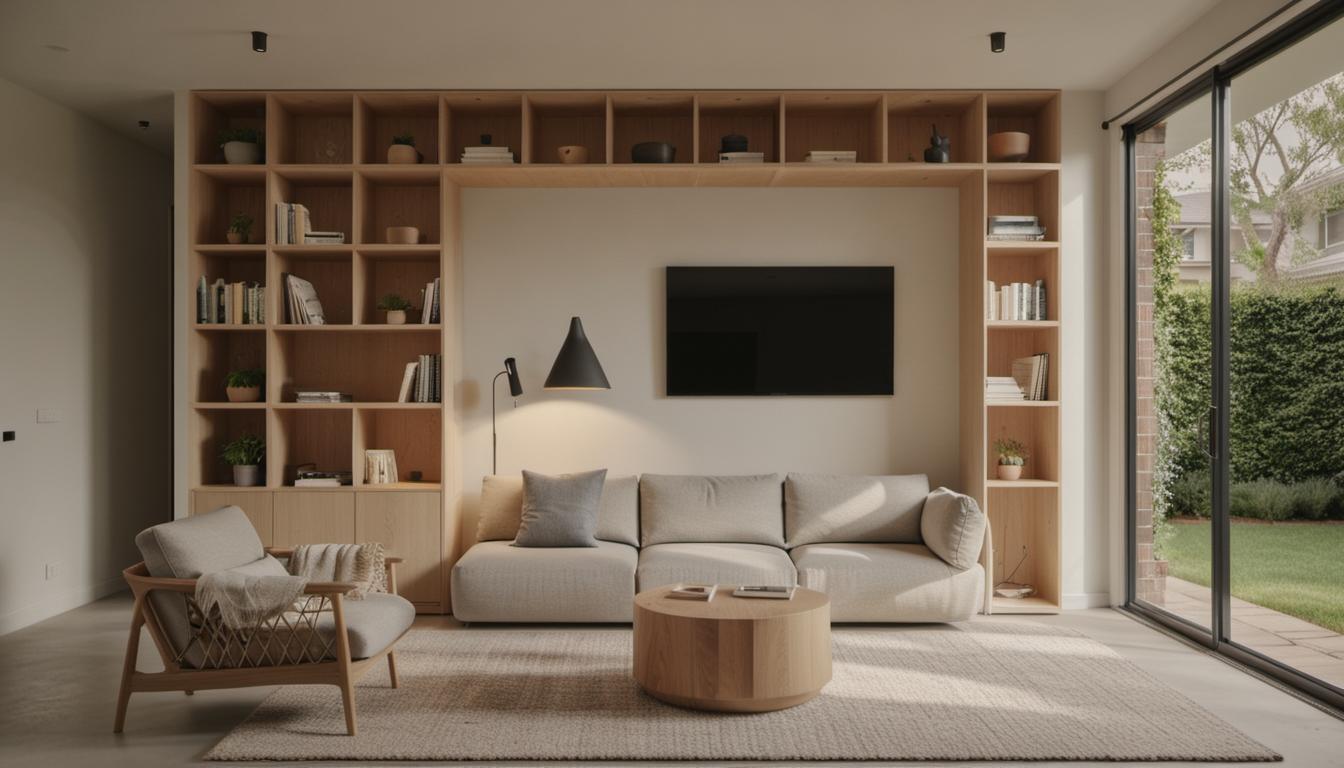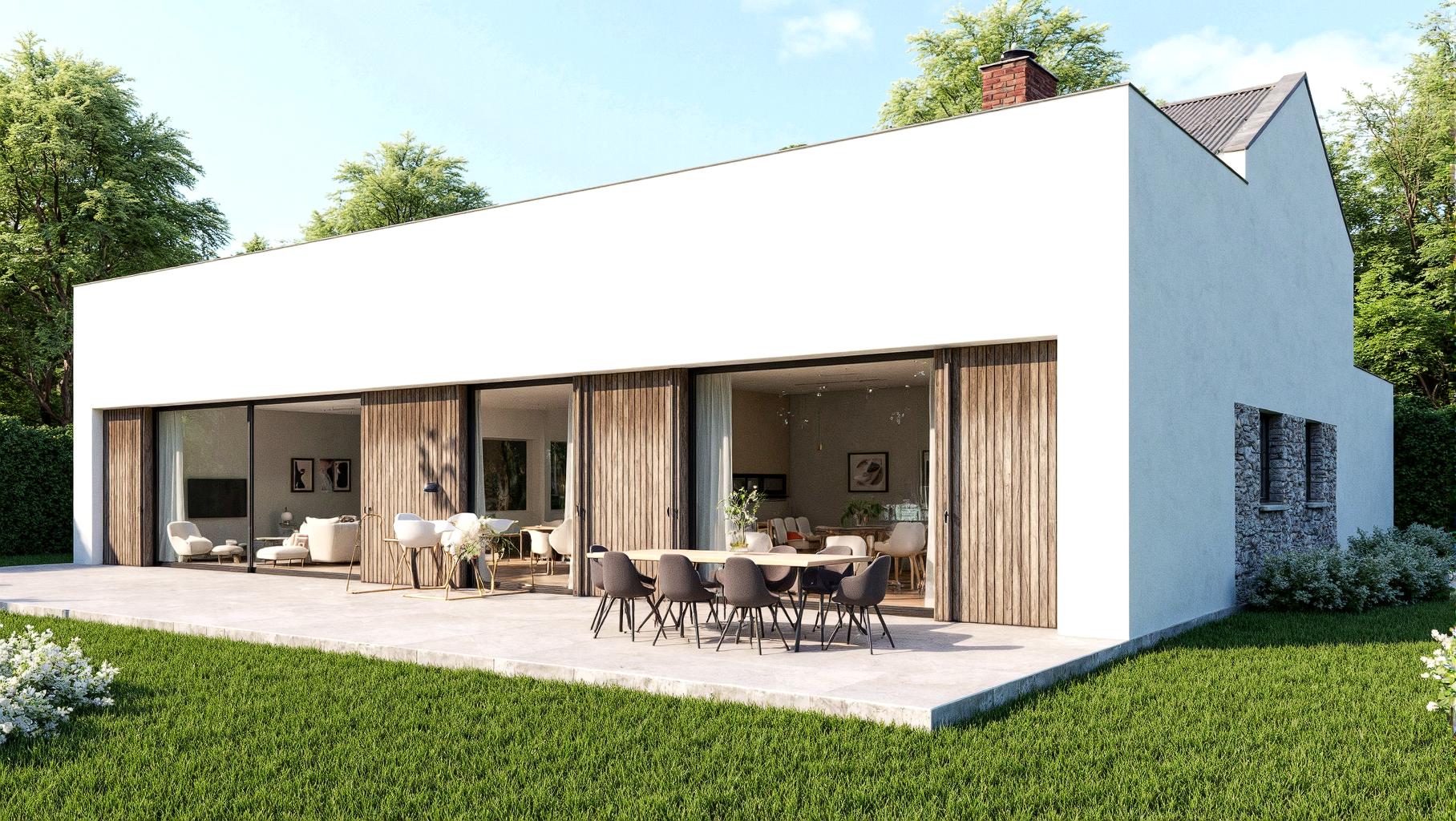Understanding the Importance of Furniture Size in Small Living Rooms
One crucial aspect in achieving a comfortable and stylish small living room is the size of the furniture. The size can significantly influence the room’s functionality and style. Just as a suit needs to fit an individual perfectly, living room furniture should also fit well within the space, filling it appropriately while leaving enough room for movement.
Further, the purpose of each room can also have a significant effect on deciding on furniture sizes. A living room intended for large gatherings may necessitate a bigger sofa, whereas a private study might need only a small desk and chair. Matching furniture size with the room’s purpose enhances both functionality and aesthetics.
Fundamentals of Furniture Selection for Small Living Rooms
When choosing furniture for a small living room, it’s crucial to first measure the room’s dimensions. Knowing the length of walls, the height of the ceiling, and the position of windows and doors can help purchase the right size furniture.
Another significant point to consider is pre-planning room layouts. This approach saves time when furniture shopping and helps in avoiding costly mistakes. Sketching a layout enables a visualization of the potential furniture placement, making it easier to select appropriate pieces.
The style of furniture can also affect how large it appears within the room. Heavier, ornate pieces might seem larger, while minimalist furniture might seem smaller. Hence, matching the furniture style considering the room’s size is vital.
Implementing a variety of furniture styles and sizes can cater to different needs and visual interests. Each area in a home has unique requirements and functions, and selecting the appropriate furniture can increase the space’s overall comfort and attractiveness.
Applying Furniture Selection Principles to Different Rooms
The fundamentals of furniture selection can be applied to different rooms of a home. For instance, choosing furniture for a small living room should prioritize seating requirements. Larger sofas might work well in medium-sized rooms, while smaller couches or chairs might suit a more compact space.
In a dining room, the placement and size of the table are significant factors. The table should be positioned approximately 48 inches from the wall, leaving enough space for movement and chairs.
Getting the right furniture size in the bedroom requires considerations like the size of the bed, the frame, and other essential items like a dressing table or wardrobe. The room’s dimensions will significantly influence these choices.
Home offices, despite being usually smaller, should not compromise productivity and well-being. The layout should ensure a comfortable workspace that encourages efficiency.
Specific Tips for Furnishing Small Spaces
Clutter is a common enemy in small living rooms. Choosing furniture with multiple uses, such as a storage ottoman, can help avoid clutter while ensuring the room remains purposeful.
Colors also play a significant role in small spaces. Light shades for walls and furniture can create an illusion of a larger space, fulfilling both functional and aesthetic purposes. Furniture design also can be used to create the illusion of space, with pieces that allow light to pass through unblocked, offering a sense of spaciousness.
Combining texture variation with a dominant color scheme in a small space can also create interest without adding clutter or disturbing the room’s cohesiveness. Furthermore, the vertical utilization of space can help leverage compact rooms. Items like wall art or tall storage furniture can add character while maintaining a small footprint.
Additional Strategies for Furniture Selection in Small Living Rooms
Apart from the fundamental principles, there are strategies that can make the furniture selection process for small living rooms easier. One of these is playing with scale by mixing bigger pieces with smaller items. Too many small items can create a crowded feel, so striking a balance is crucial.
Statement pieces can also enhance aesthetic appeal, providing a touch of personal style. However, overstuffing the room should be avoided for the sake of visual congestion. Keeping a balance between the quantity and the size of the furniture can help maintain a relaxing yet stylish atmosphere.
Double-duty furnishings provide an excellent opportunity to maximize small spaces. An ottoman used as a coffee table or extra seating is an example of this strategy.
FAQs on Selecting the Perfect Furniture Size for a Small Living Room
- How does the size of furniture influence a small living room’s functionality and style?
The size of furniture in a small living room can greatly affect its functionality and style. Larger pieces can provide more seating, but can also make the room feel crowded. Conversely, smaller furniture can make the room feel larger and more open, but may not provide enough seating for larger gatherings. - How can understanding the purpose of each room help determine the right furniture size?
Knowing the purpose of a room is essential when choosing furniture size. A room meant for large social gatherings will require adequately sized furniture to accommodate guests. In contrast, a space intended for a personal study may require smaller, more intimate furniture. - What factors should be considered before purchasing furniture for a small living room?
Key factors to consider when buying furniture for a small living room include the size, function, and style of the room; the size and shape of the furniture; the quality and durability of the furniture; and the color and design of the furniture. - How does planning your room layouts in advance simplify furniture shopping?
Pre-planning room layouts can provide a clear visual reference of how you want your room to look. This can help to narrow down furniture options and ensure that the pieces you buy work well in the space. - How do different furniture styles affect how large the furniture seems within the room?
The style of furniture can have a significant effect on how large it appears within a room. Minimalist styles with clean lines and light colors can make furniture look smaller, while larger, ornate pieces may make the furniture seem larger in the room.






